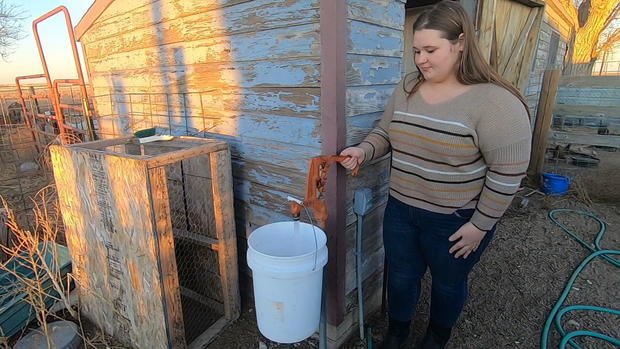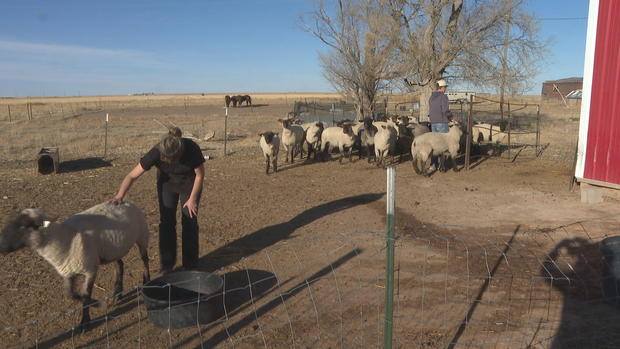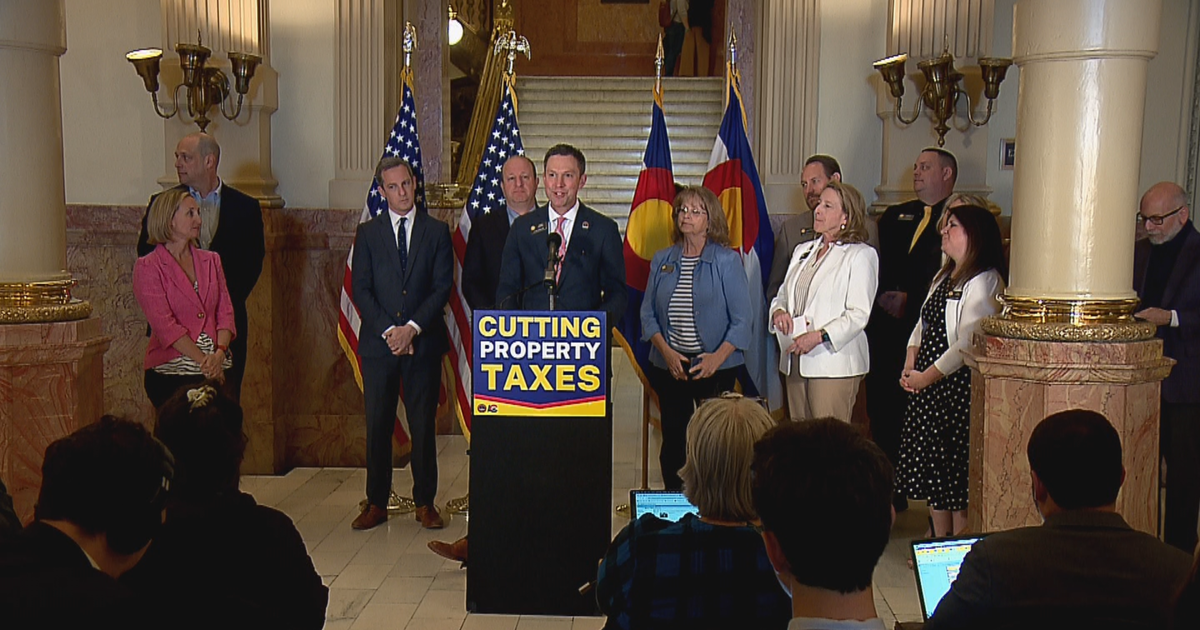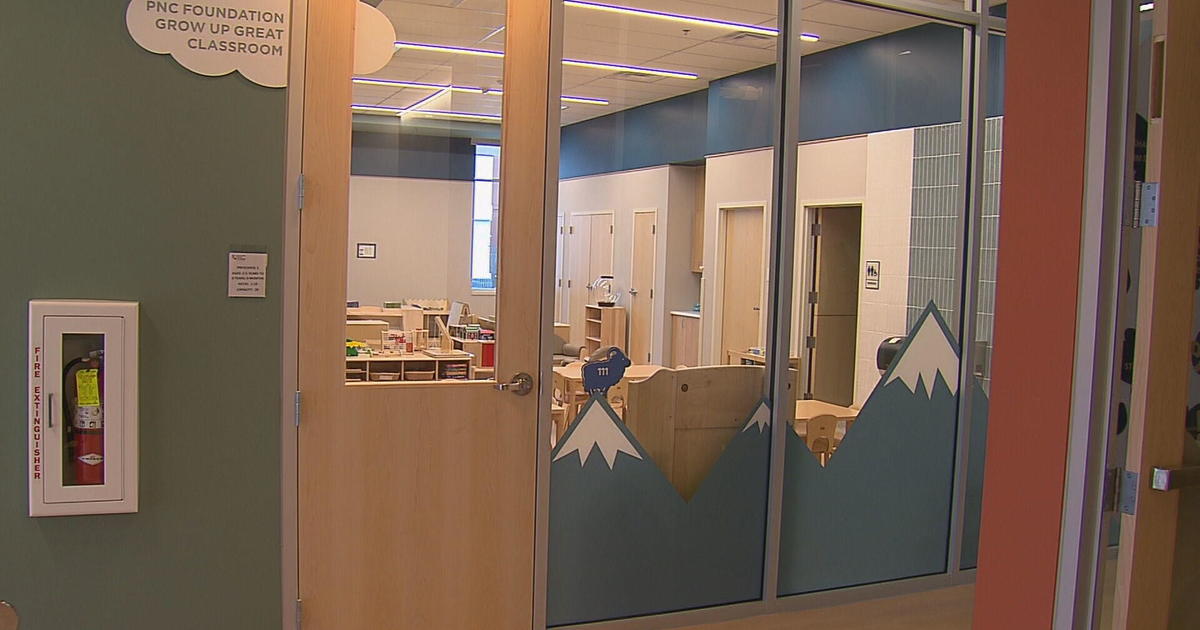Two regions of Colorado struggling to recover from drought
While a large area of Colorado continues to recover from years of drought, two small parts of the state are seeing little to no progress in that regard.
The northeast and southeast corners remain in extreme drought conditions, and there's concern the brutally dry landscape will only get worse.
On the plains of southeast Colorado, life is rarely easy, but for the Hendricks family, a new challenge plays out every day.
Harmony Hendricks, whose parents own the property, feels it while watering their dozens of goats and chickens. Each drop comes from water tanks they haul in from nearby Springfield since their well recently ran dry.
"We started having trouble with it about the beginning of the summer, and then we've been completely out of water for about 10 weeks," she said.
While most of the state is recovering from drought, Baca County remains in a much more dire situation. Recently, rain has been rare, and a large part of the county is in extreme drought conditions according to the U.S. Drought Monitor.
"We had one good rain, but it happened kind of too late," said Sabra Sowell-Lovejoy, a Campo resident.
Sowell-Lovejoy, who raises goats, horses and chickens, said the drought is impacting the price and quality of hay for her livestock.
"On our own operation, it's just that it becomes more expensive, so your profit is a lot lower," she said.
Another regional resource, Two Buttes Reservoir, has also gone dry. When full, the body of water is used for boating and fishing, but a CPW spokesperson said with the prolonged recent drought, there has not been enough rain to get water to run down Two Buttes Creek into the reservoir.
"When you have an increased frequency in things like drought, the recovery becomes that much harder, not just at the surface but below the surface," said Becky Bollinger, an assistant state climatologist with Colorado State University.
According to Bollinger, little precipitation and hot summers can build up a deficit, and the precipitation this spring could make or break the upcoming growing season.
"If we get the spring moisture, it would go a long way to reducing the impacts of what we've been experiencing this winter in that area, and we could have a faster recovery," Bollinger said. "If we go into the spring and into the summer and those persistent dry conditions continue, we are going to see those drought categories quickly worsen and that would take us into the summer in a very bad state."
Long-term, Bollinger thinks farmers may have to rethink how they do business, which could include working with agriculture extensions and the Natural Resources Conservation Service on innovative water and land management practices.
On a smaller scale, Sabra Sowell-Lovejoy is starting to experiment.
"I've really tried to adapt my own farming operations," she said. "I've been using wool and different aspects like that to try to help mitigate some of that water loss."
Down the road, the Hendricks family has no choice but to dig a new well.
"We can't do laundry here," Hendricks said. "We have a dishwasher, but we can't use it right now because it takes so much water."
It's a costly process, but a new reality in this corner of Colorado, where a precious resource can no longer be taken for granted.





